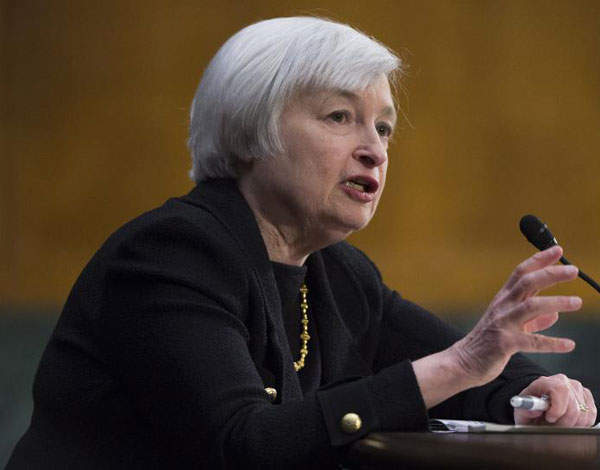
Author: by Stephen Hill

Five years on from Global Crunch and bankers’ bonus-driven excesses, the long-term damage is still coming to light: the shadow of secular stagnation and deflation has fallen across the G20, long after the debt-driven property bubbles burst. (The UK seems to be defying this trend by pumping up its housing market with yet more taxpayers’ money, and probably pre-financing its next bubble.)
QE was introduced in October 2009 with the US $700 billion TARP to save Wall Street, which it did, and all monies were repaid quicker than anticipated. Uncle Sam even made a huge profit on its 80 per cent stake in crisis-ridden AIG.
Then Bernanke got a whiff of Great Depression 2 in the air, and has since deployed $3 trillion QE in buying US bonds to prevent deflation and erosion of the value of bank’s asset securities, which it undoubtedly did. The US debt, however, soared past annual GDP.
By the time Bernanke retired in January this year, however, QE was still maintained at $85 billon per month, with near-zero interest rates, but now driven by the US unemployment figures at around 7.5 per cent and the need to revitalise the real economy. This was where QE went really wrong, as it swelled asset markets but didn’t reach the real economy: the American dream turned sour, the rich got richer and the poor got poorer.
His successor, Janet Yellen, went further, as she determined to keep QE going until her own method of calculating unemployment had been met. She has said she will continue QE – and hence low interest rates – for many years to come, but already the Labour market is back to 2008 levels, with unemployment down to 6.3 per cent.
So, what will be the next false target for the Fed? Such an open-ended policy for an incoming Fed governor makes it seem like she’s determined to get into The Guinness Book of Records by being the first one to become completely overdosed on QE-driven low interest rates.
There are many errors in the QE story so far. The problem with QE is there’s no way of knowing when best to stop it, nor no maths of how much to administer or how to measure its effectiveness or quantify its side effects. The US bond purchases swelled markets at home but didn’t reach the real economy, but swelled emerging markets as investors looked overseas for higher yields, but then collapsed them again as QE slowed.
The greatest failure, though, was Bernanke’s failure to define or begin to achieve an exit from his own controversial policy. I sense he missed the boat by not coinciding the end of QE with his own retirement: his final legacy is monetary policy now driven by unemployment – a ridiculous proposition. Whatever happened to orthodox monetarism?
The origin of today’s stagnation goes right back to the Fed’s error from 2005 onwards in not raising interest rates high enough, which created the crash by allowing demand for high-yielding mortgage securities to build up and get out of control; then to leave them too low again after 9/11.
In fact this policy of low interest rates has gone right through the up and down cycles, and is now poised to create the next crash as the central bankers get way behind the interest rate curve while they continue with near-zero rates. Low interest rates have now been baked into the cycles and have become a self-fulfilling prophesy in both boom and bust. And in all this mess, the bankers’ bonuses have continued unabated, and not on one of them has gone to prison – amazing omissions indeed.
Leaving the punch bowl out for too long after the party’s swinging is the classic error of central banking. The next crazy skyscraper to appear in the City will probably look like a helter-skelter or an upside-down spiral – and should be dubbed the Bernanke Swizzle-stick.
Anyway, I am off to China, Japan and Russia to see how QE has worked for or against their economies.






